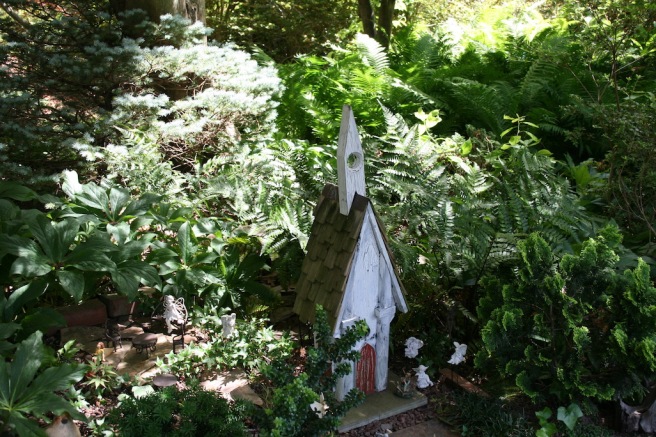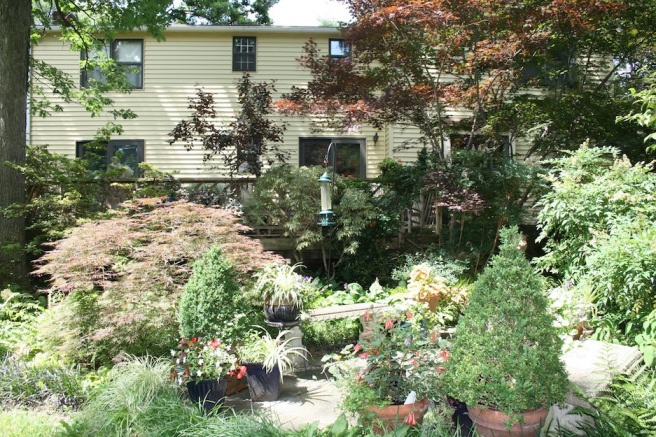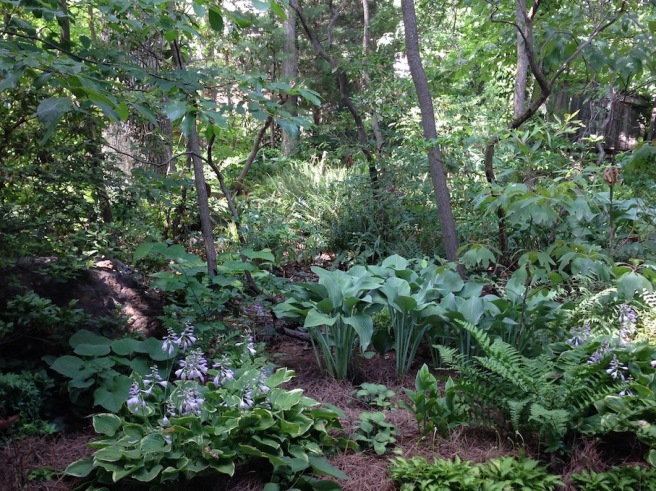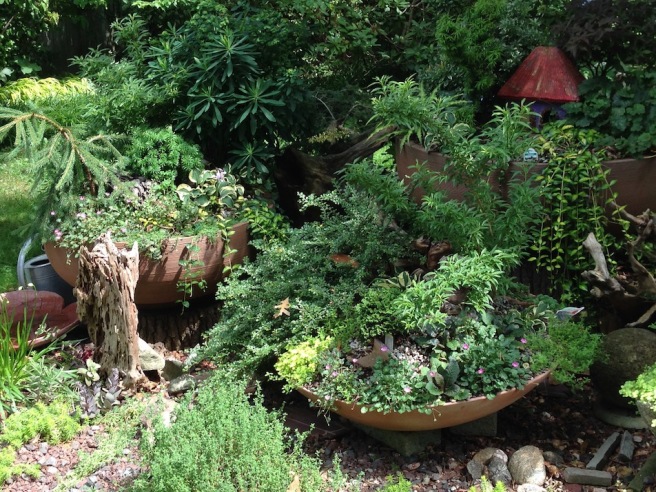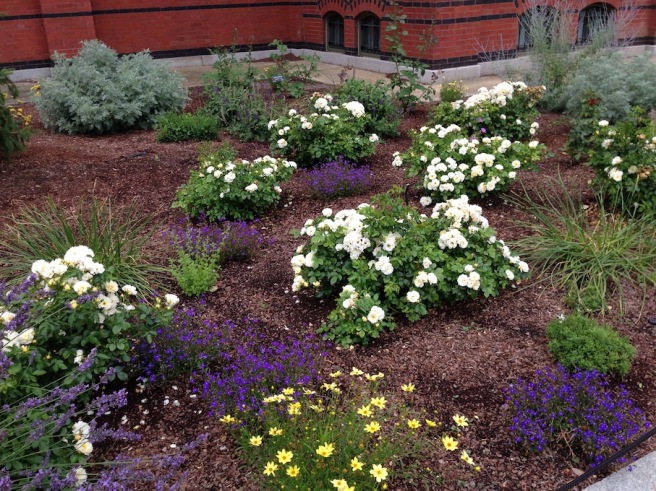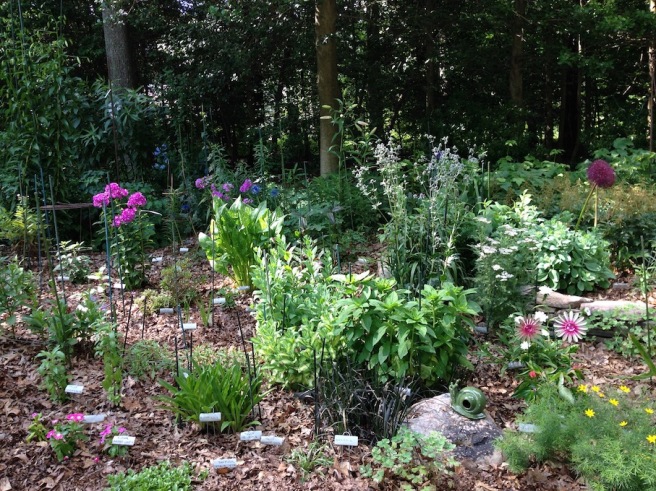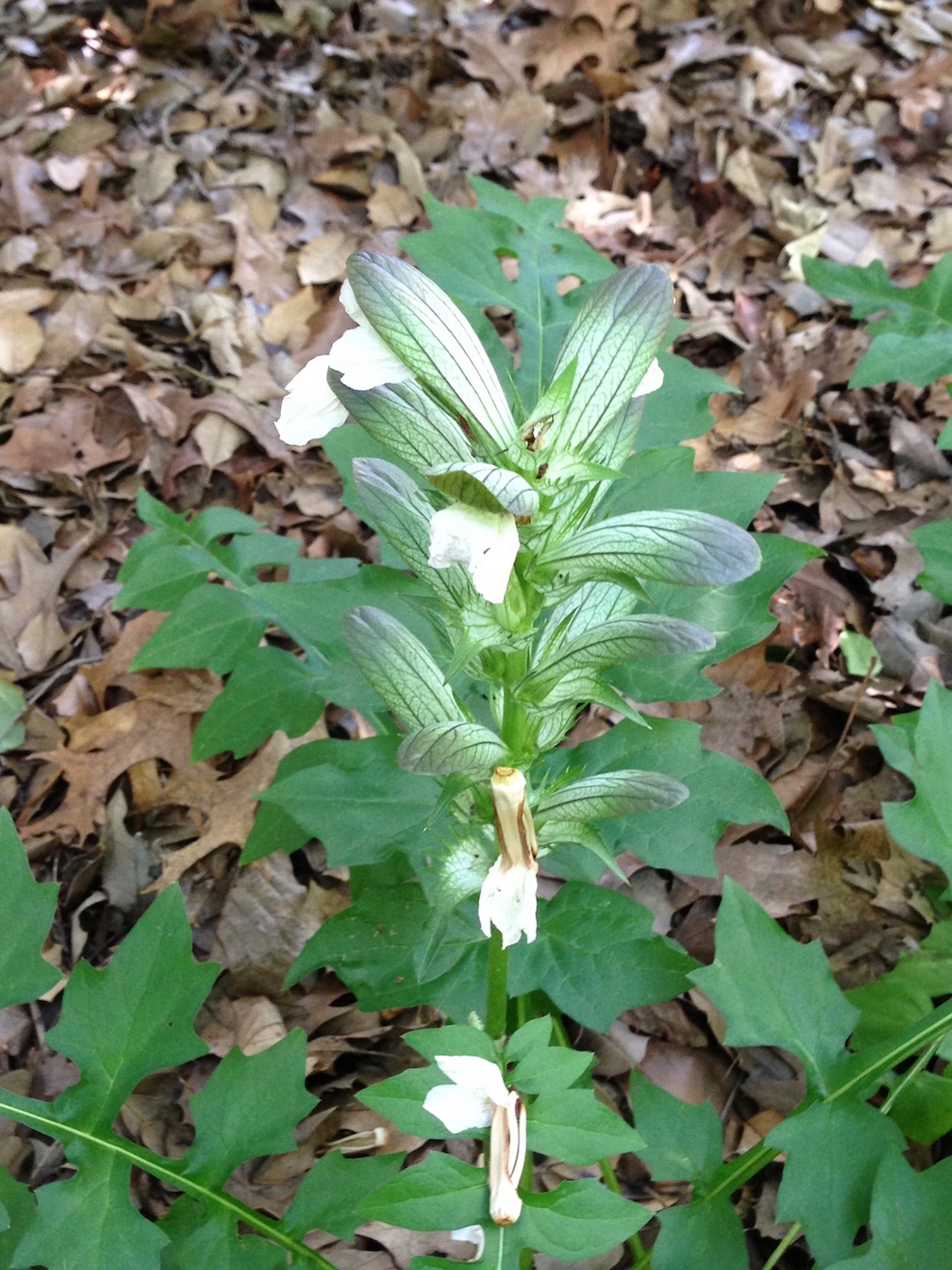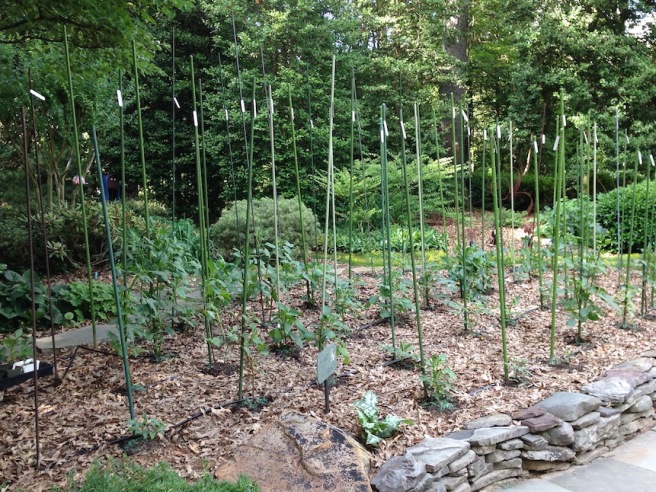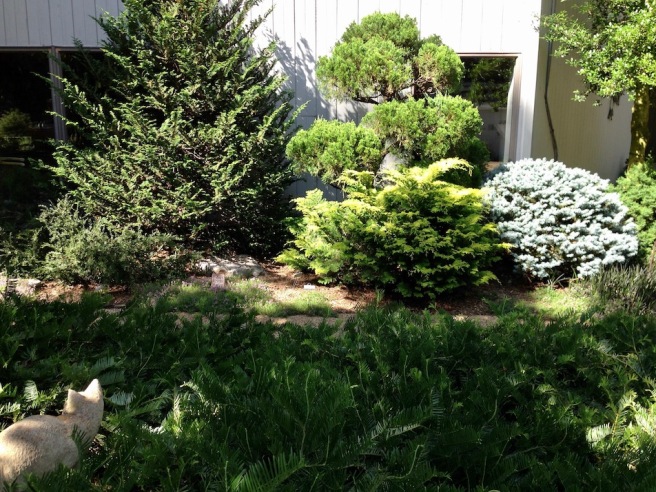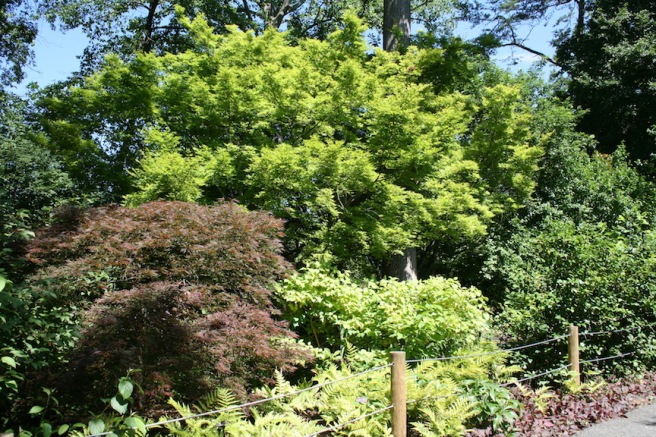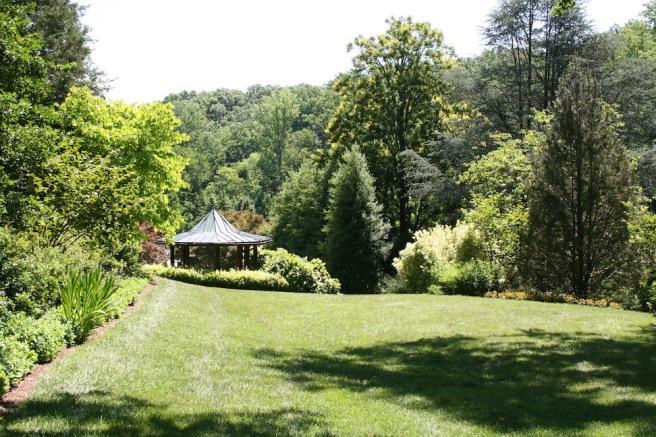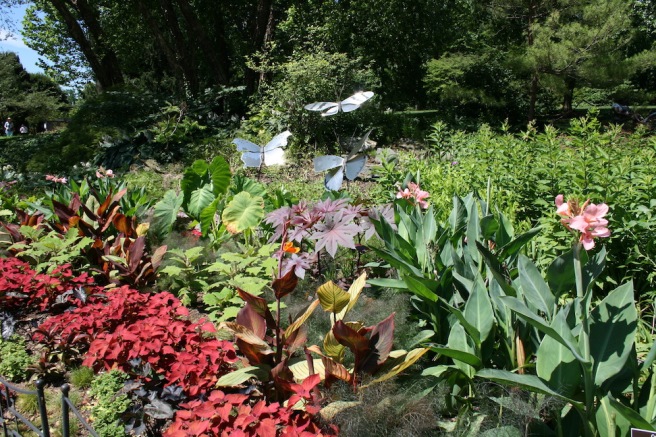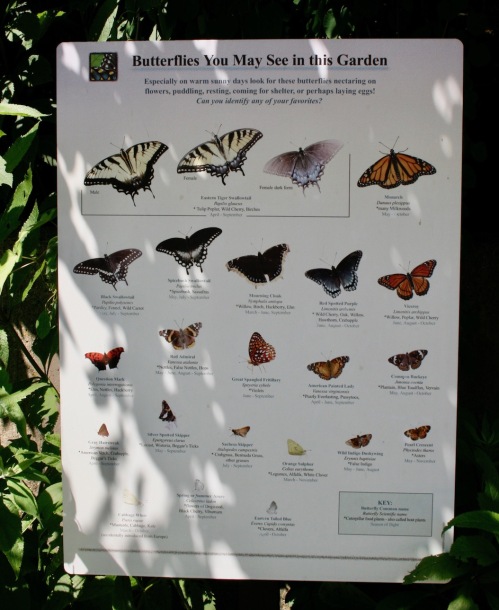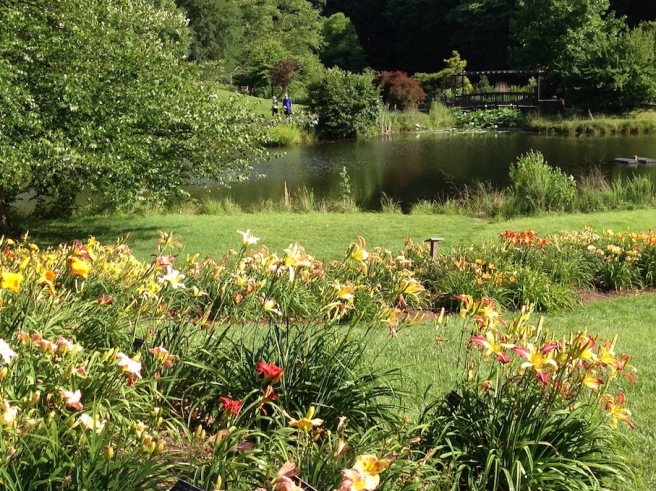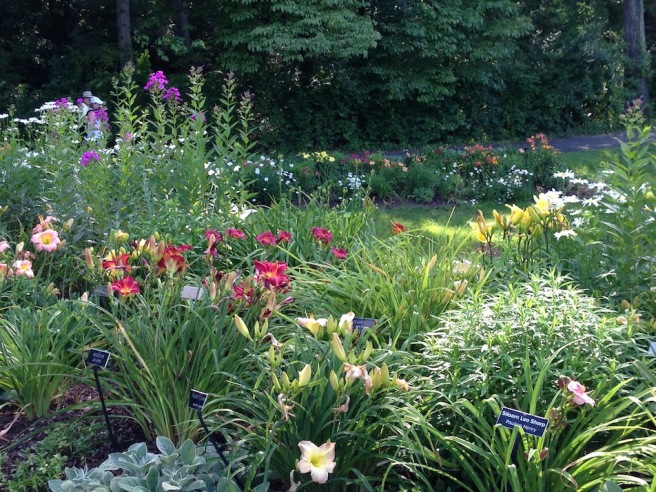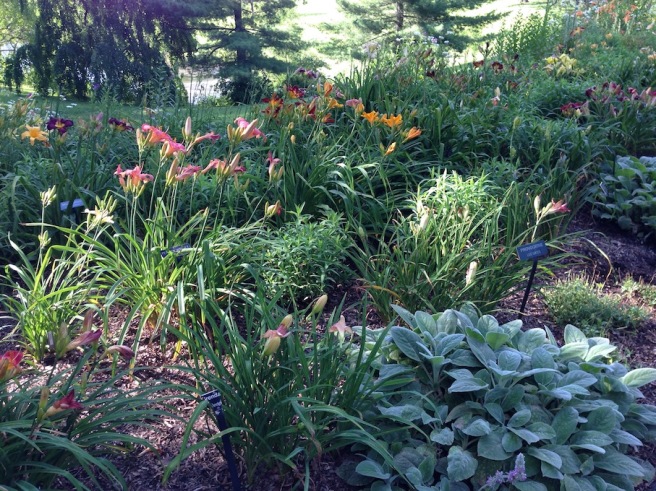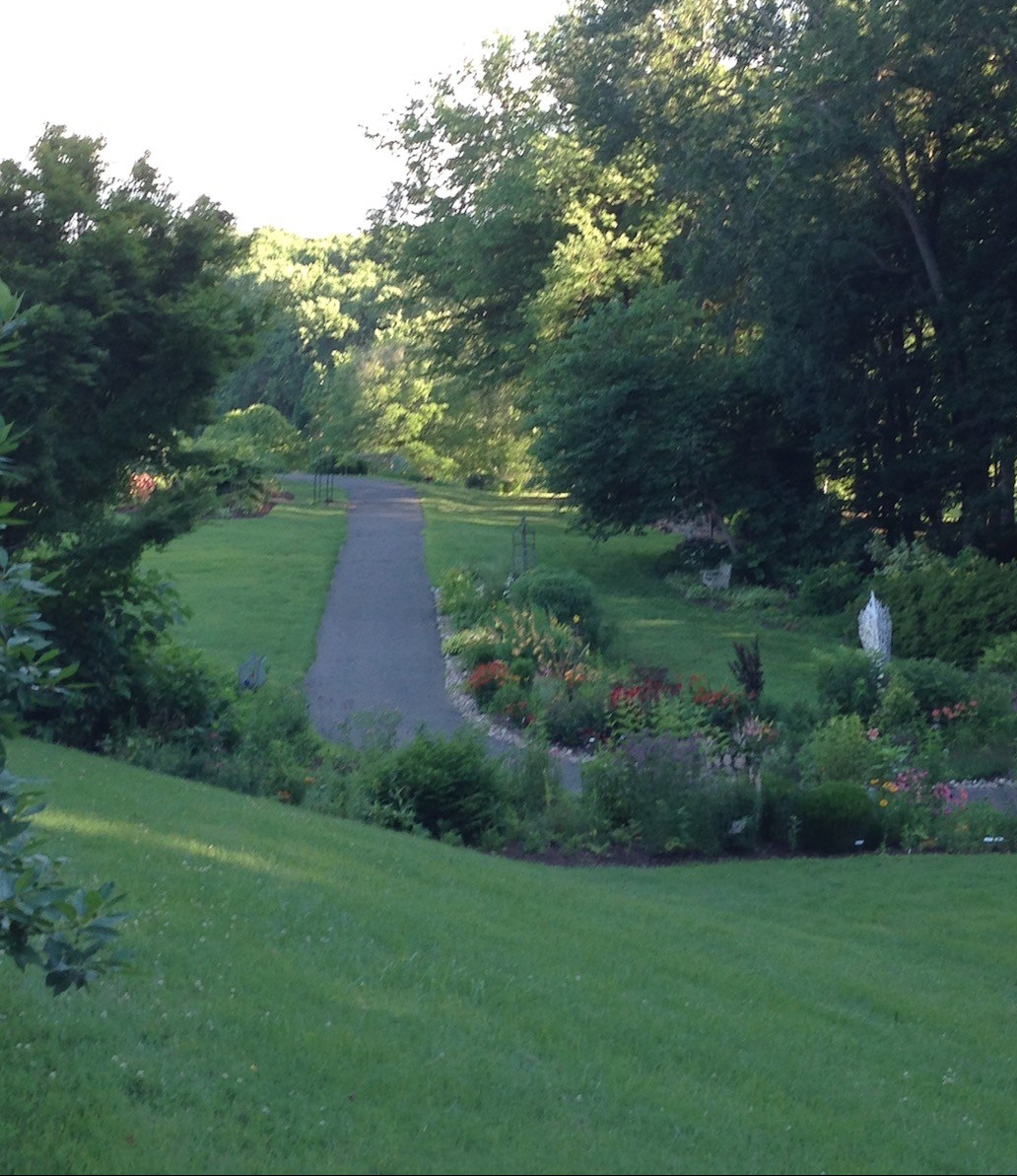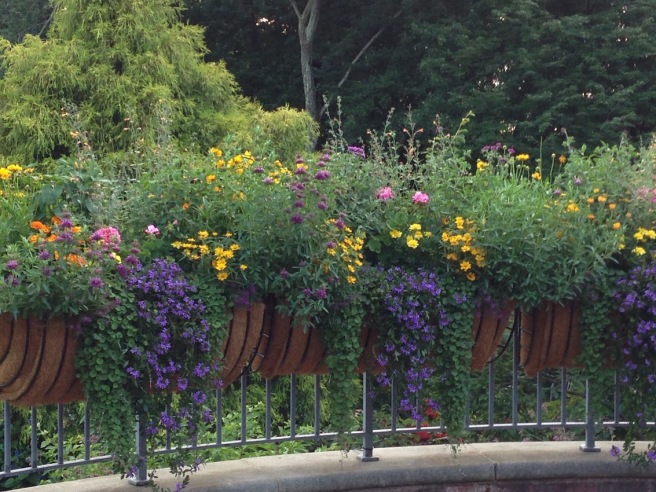So let’s take a detour 3000 miles west of the wonderful gardens I saw as part of my recent trip to Washington D.C., Maryland and Virginia to check in on one of the San Francisco Bay Area’s most beautiful garden estates. I have a single public garden and two private ones still in the wings to share so don’t think the party on the East Coast is over quite yet.
I was a bit late getting on the road to Filoli, limiting my pre-class photo opportunities. I have been watching these pollarded trees since February. Take a look at how they have developed.
I think by October the leafy allee will be complete–then in a month or so the pruning process will start all over again. Just another example to remind me that this estate was built during a time of prosperity and by people with substantial resources to provide the regular maintenance required by this, and many other examples on the property, specialty pruning technique.

I arrived in the Sunken Garden just in time to catch this interplay between a visiting heron (birdwatching friends–feel free to correct me on this) and the bronze herons who inhabit the pond.
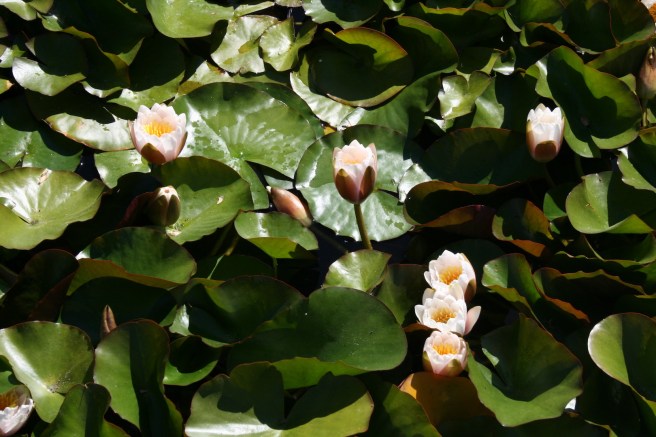
A bit too early in the day for these to be open.
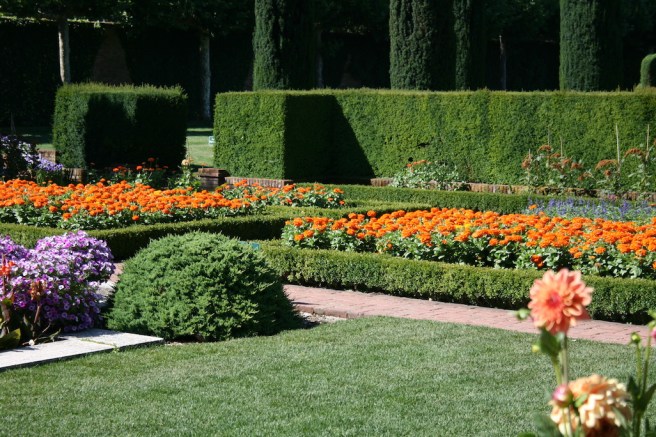
On my June visit the garden staff was busy clearing out the last of the spring annuals, amending the beds and putting in the summer color. Bright orange Zinnias take center stage in the boxwood edged beds, complemented by blue Salvia farinacea. Some of the last planted pots of blue pansies remain and new pots packed with petunias in purple tones have been added.
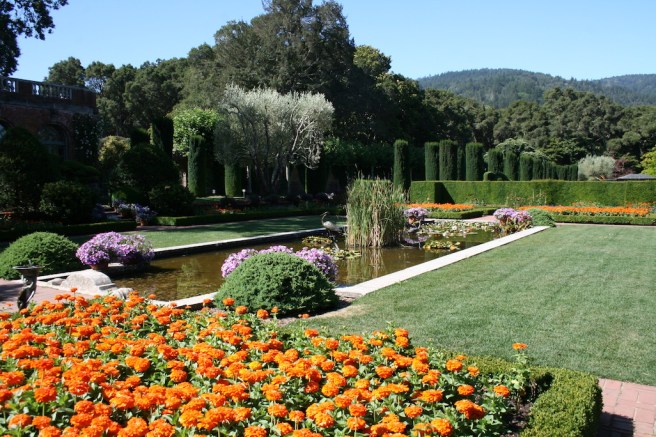

Bed areas adjacent to the steps down to the garden are accented by small stands of apricot dahlias. In spite of the fiery color scheme, the summer garden seems quite restrained in comparison to the spring planted beds just past.

No buds last month…in full bloom today!
I will admit to being a little disappointed in the new planting in the Walled Garden, which lies between the Sunken Garden and the Rose Garden. Although I recognize that Filoli attempts to keep the all the gardens planted in the style of the 30s and 40s when much of the landscape was enriched by the estate’s second owners, Mr. and Mrs. William P. Roth, the rows of small pink begonias fell flat for me and the pale lavender petunias just disappeared into the strong sun.

In the Rose Garden, much was still in full bloom. A good bit of deadheading was called for on some of the earlier bloomers and that worked out well for one of today’s class topics–Pruning Principles II.
In March we concentrated on the basics of pruning–why pruning is needed, what tools are available and how to make a good cut. We also learned the 4 basic pruning methods: pinching, thinning, heading back and shearing. Most of our practical application in the garden involved spring flowering shrubs that flower on old wood such as the flowering quince which is pruned immediately after blooming to permit new wood to develop for the following season’s growth. If I could take a pruning class every month year after year, I would still sign up for another. Pruning is an art and, as such, improves with practice. As a hobby horticulturalist I still do not have a wealth of pruning CONFIDENCE even though I have a pretty good intellectual grasp of the how-tos!
Yet again, instructor Mimi Clarke stressed the importance of understanding the plant’s natural habit, when it blooms and whether flowers are produced on new growth or last year’s growth. Know what you are pruning and how it grows before you even get your clippers out of their sheath. Her reference recommendation from March lingered in my head–the American Horticultural Society: Pruning and Training by Christopher Brickell and David Joyce. I found the newest edition (2017) online. I am not sure why the book no longer bears the AHS logo but I am reasonably sure it has nothing to do with the actual content and wanted the most recent edition.

There are very specific instructions, including timing and technique for hundreds of plants. Many plants that don’t have their own listing are included at the end of each section with a notation to “prune as_____________” with reference to a plant whose pruning scheme is similar. I bought the paperback so I could feel ok about dragging it around the garden and filling it with notes!
On our garden walk in search of plants needing a snip or nip we stopped at the Rose Garden where Mimi showed us examples of correctly deadheading roses to encourage new blooms. The three Ds (dead, diseased, damaged) come into play here. Mid summer is a good time to thin out some of the interior growth, especially when the inevitable black spot, rust or powdery mildew are present, to increase air flow and generally shape thing up. For many years I have done a pretty hard cut back midsummer on both roses and perennials and find that little bit of downtime now pays me back two fold in a more healthy and longer flowering period into the fall. Even an old gardener needs a little validation now and then.

Check out the height of these roses in relation to Mimi. In our discussion we agreed that it may be time for these quite old roses to be pruned back really hard in January to decrease their overall size and reinvigorate them.
We wandered toward the Perennial Border and found the staff gardeners nipping into the Veronica ‘Pink Damask’ and salvias that had been spectacular less than a month ago.
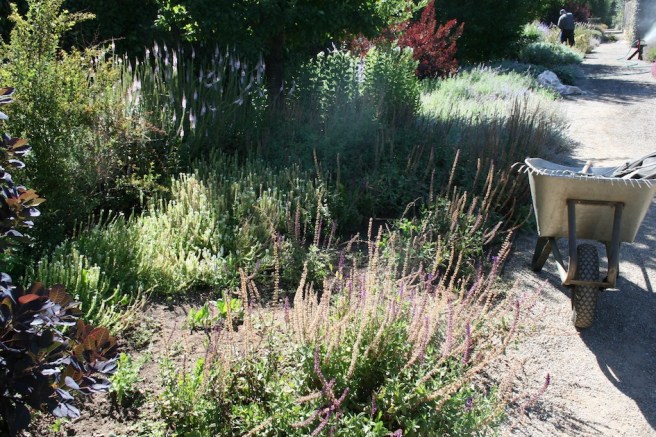
Most of the fabulous garden photos we see in the magazines and books are of plants at their absolute peak. The truth is that most perennials, even those with relatively long bloom periods, are only at that peak for 2 or 3 weeks in a season. Secondary bloom flushes can be stimulated with a dedication to deadheading. Even if you have ignored the spent flowers many perennials will signal their needs to be tidied up a bit by developing new growth at the crown. Below you see the Teucrium chamaedrys used as a border in the knot garden.

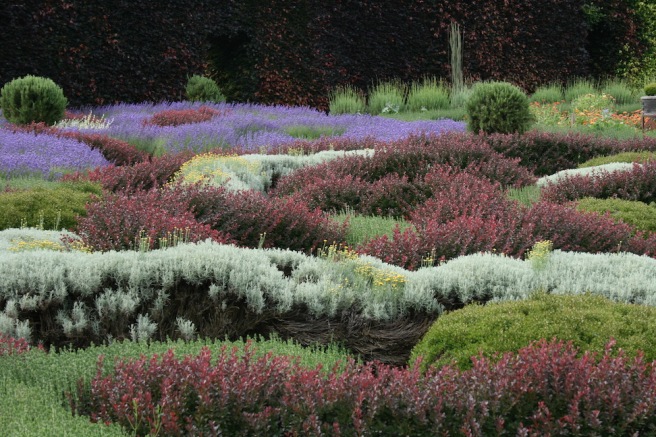
In the lower photo the Teucrium (commonly called wall germander) is the bright green in the lower left corner. In June, it was not yet in bloom. The bloom detail above shows that it will only be another week or two before all the germander will need to be sheared back. Another bloom is not guaranteed but the least you have done is to neaten it up for the fall.
We finished our morning with a pass through the orchard. The variety of fruit trees call for a variety of pruning schemes–the key, of course, is to know your tree and how it produces fruiting wood. There’s a nice crop forming on the row of espaliered apple trees.

Thank you, Mimi, for the wonderful written resource material included in our notebooks! I can use all the visual aids I can get to work through my pruning challenges.
Pest Management was our afternoon topic. Within the 2 hour window to cover this never ending subject Mimi stated the obvious: no way we can even mention every insect or disease, much less how to handle it. She took a practical approach: you will have pests, whether insects, rodents or disease AND your goal will be to MANAGE them as best you can.
Mimi’s philosophy on problem solving starts with trying to prevent those problems from ever showing up in your garden. Prevention starts with a healthy garden. To that end: LEARN to ask the right questions when buying plants; DIVERSIFY your plant selection; PREPARE your soil and REGULATE your irrigation practices.
Determine what population level (disease or critter) is acceptable to you. Eradication may not be a practical goal. Then look at CONTROL on four levels, using chemical controls as your last resource.
CULTURAL CONTROLS might include selection of resistant varieties, companion plantings, sanitary practices, pruning and proper use of fertilizers and water.
MECHANICAL CONTROLS can include mechanical devices such as paper collars around plant stems or sticky barriers on trees, hand picking of pests, water blasts and traps appropriate to the critter.

Filoli’s staff garden grows their berries totally encased in wire structures to discourage raccoons and deer. Below you see row cages that can be placed over seedlings for protection.


Even parts of the extensive cutting garden used for arrangements for the house and Visitor Center are permanently covered in wire mesh. The staff gardeners creatively fashion new cages, collars and trap routines to keep all the wildlife under as much control as is practical.
BIOLOGICAL CONTROLS are defined as any activity of one species that reduces the adverse effect of another and might include the introduction of parasites, pathogens, predators or competitors.
CHEMICAL CONTROLS are used when non chemical approaches have failed.
Mimi lists these steps to use when you detect a pest, weed problem or disease in your garden:
- Correctly identify the problem
- Determine if you can tolerate it or if it needs to be corrected
- If your goal is correction, use mechanical/physical controls above first
- Still need help, determine if a biological control is available
- When pesticides are your last resort, read labels carefully and choose the product that has been identified as the most effective
- Apply proper amounts in confined areas
I really appreciated this process driven approach to pest management. My tolerance for insect pests and weeds has grown as I have aged. I no longer even have an expectation of a weed free or non-beneficial insect free garden–although I would still pay BIG MONEY for a snail free garden. I am not alone in jumping past the first 3 types of control and landing on my feet with a chemical control in my hands! My goal will be to make pest management a more thoughtful process in the future.
Our class year is winding down. In August we will spend our entire class time in the greenhouses exploring plant propagation. September will bring a overview of fall cleanup and the presentation of our individual projects.
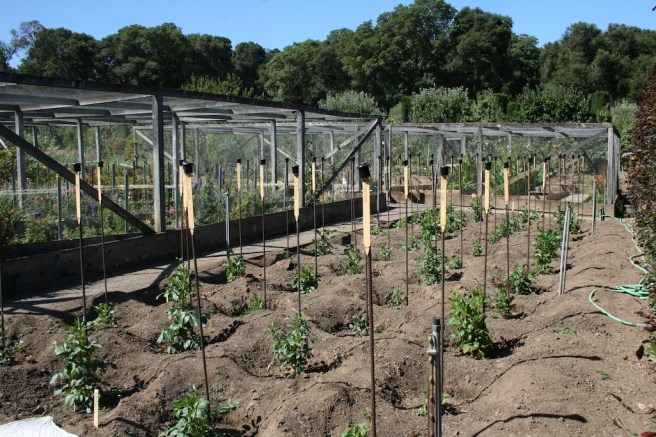
The dahlia tubers have been planted. I hope we will get to see this in full bloom before our Year in the Garden comes to a close.

 It is easy for those of us who garden in areas with short mild winters and long, long growing seasons to forget that many Zone 7a gardens like this one may be blanketed with snow well past when we have all ready fertilized our lawns and deadheaded our roses for the first time .
It is easy for those of us who garden in areas with short mild winters and long, long growing seasons to forget that many Zone 7a gardens like this one may be blanketed with snow well past when we have all ready fertilized our lawns and deadheaded our roses for the first time .






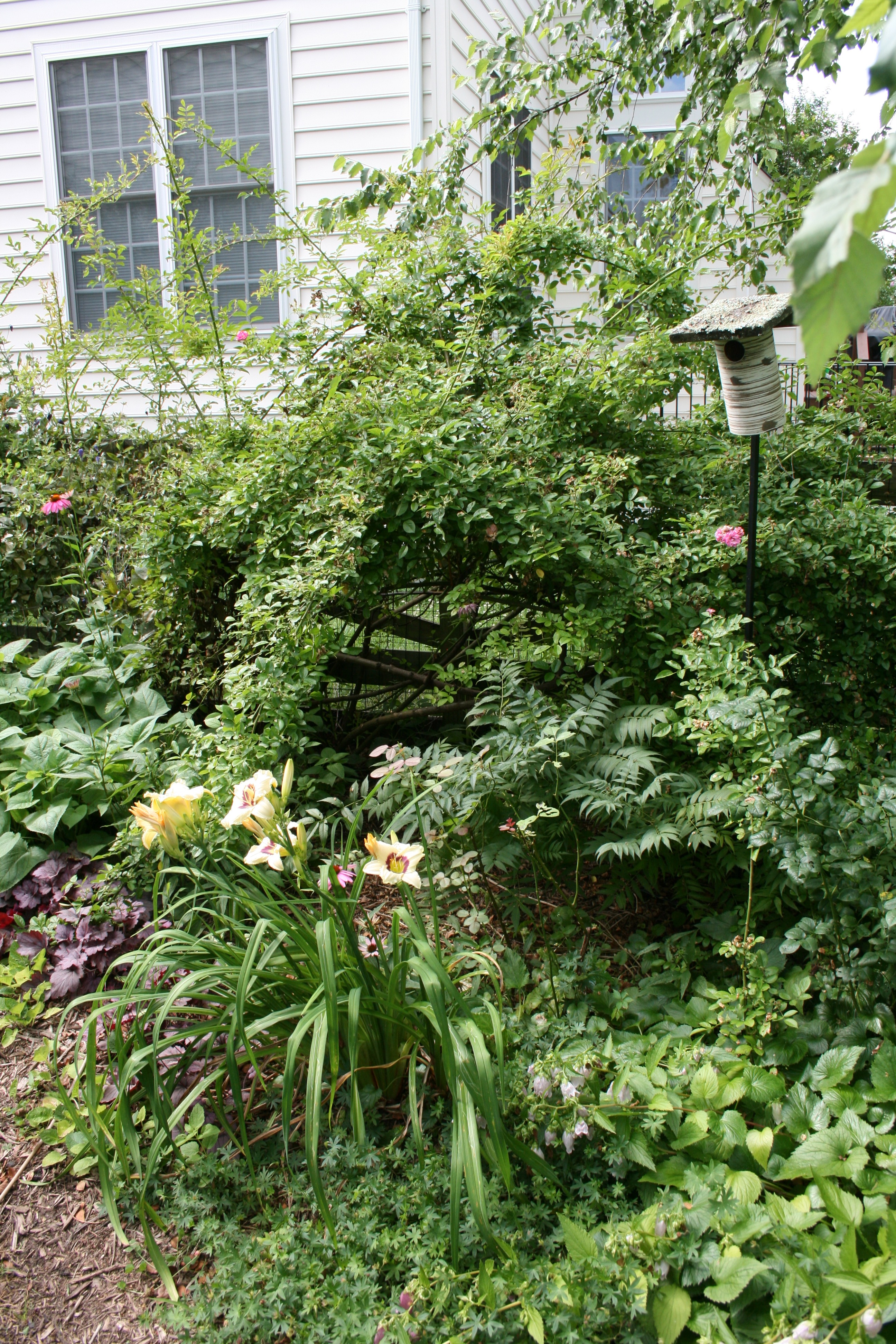






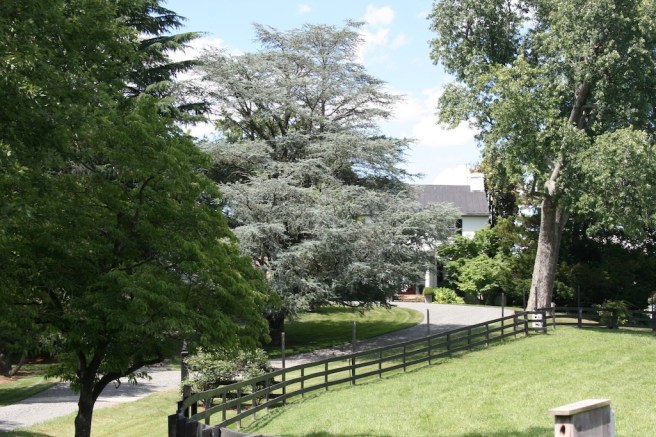



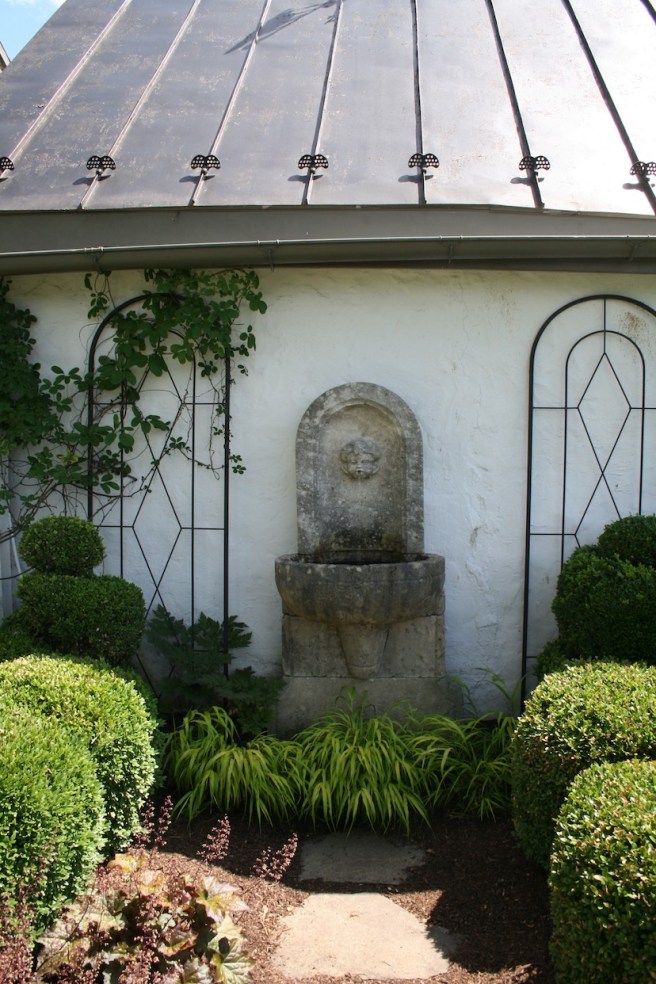





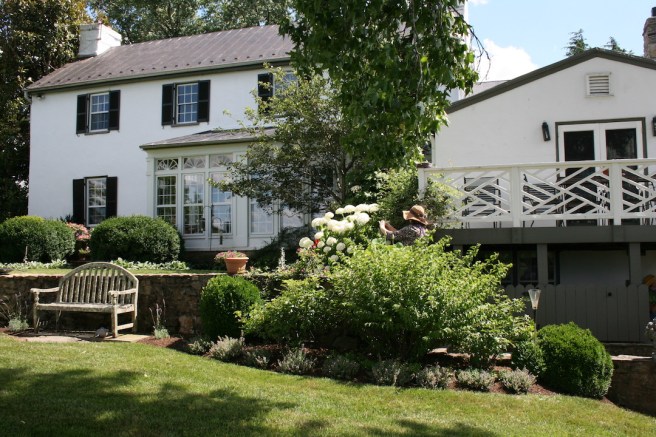
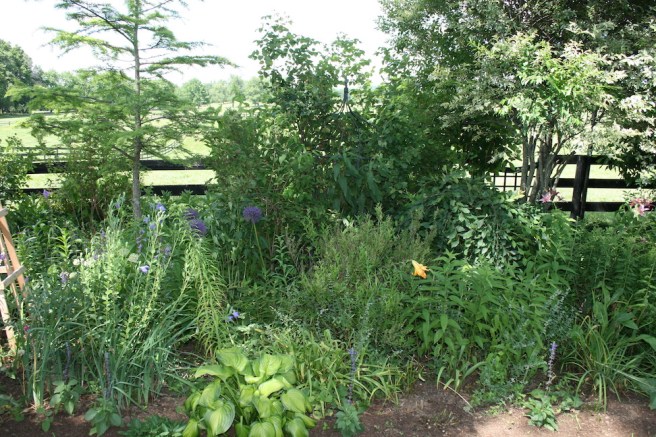







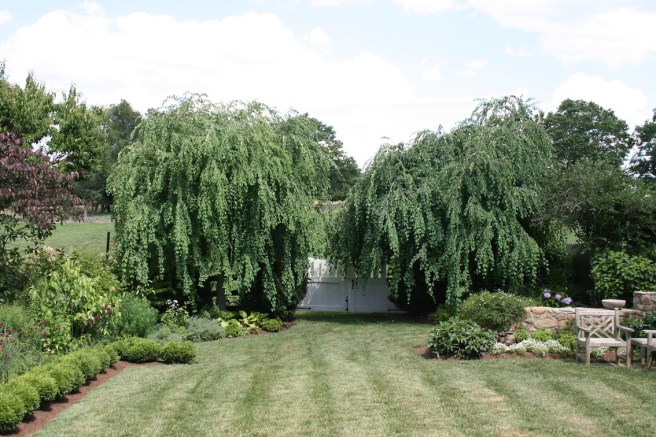




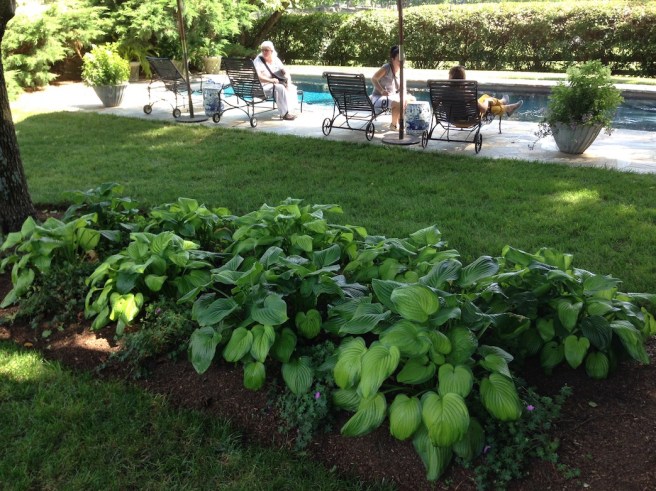
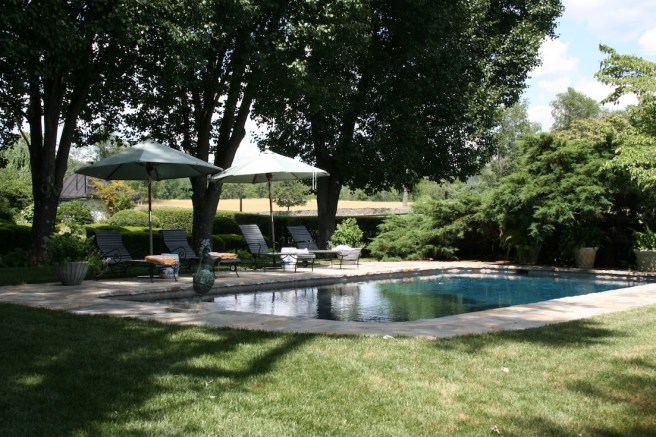


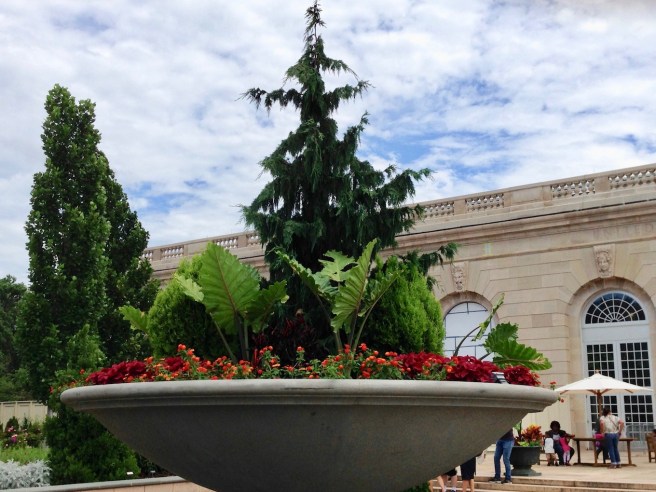



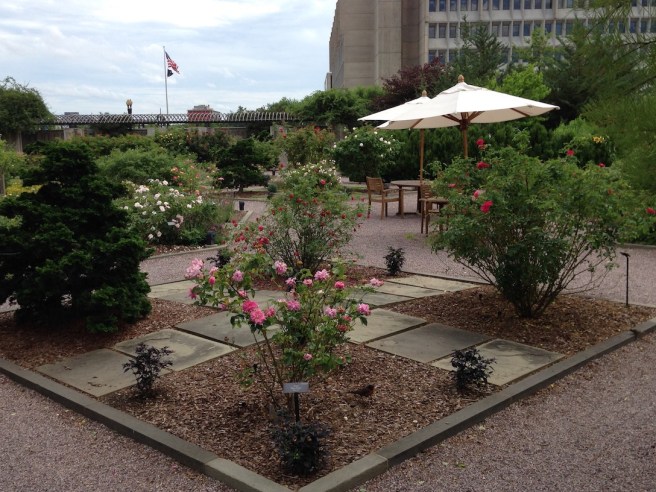


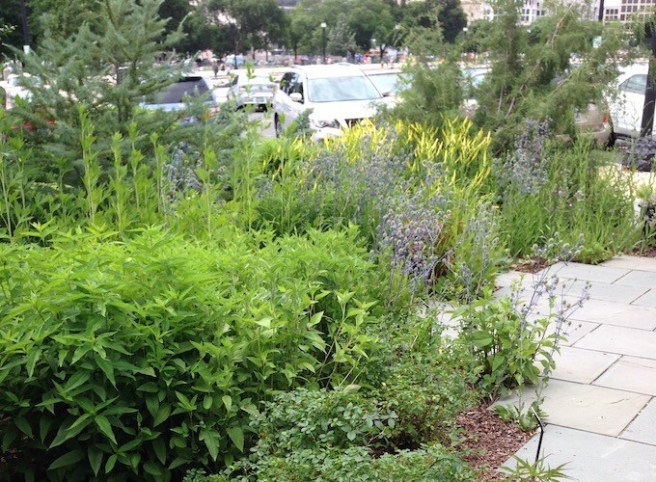







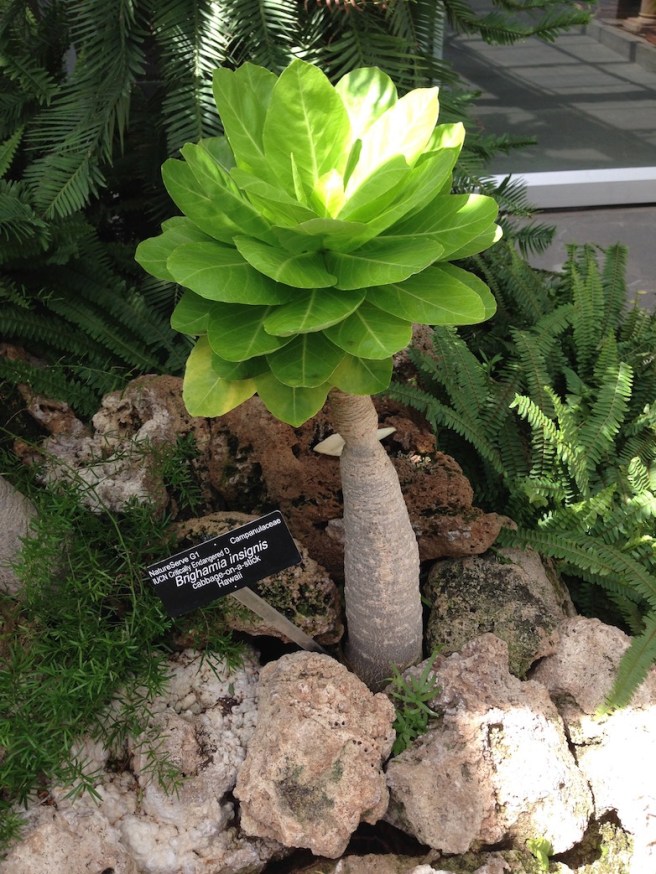























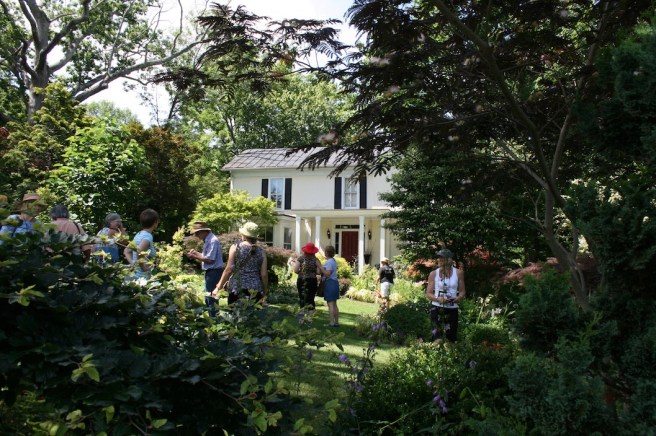













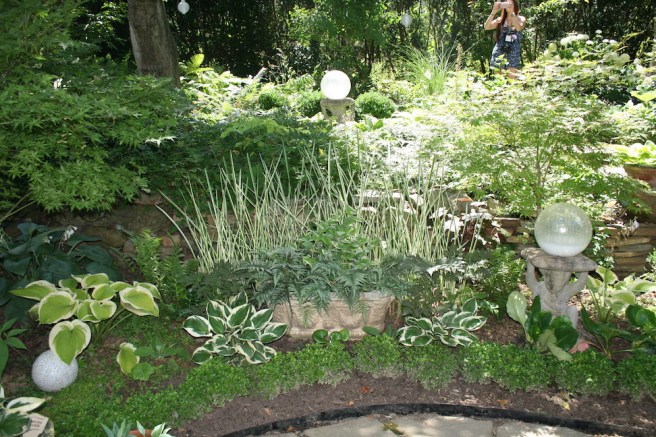

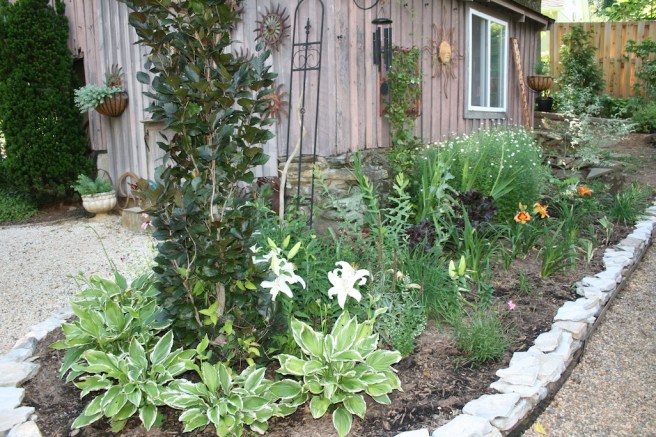
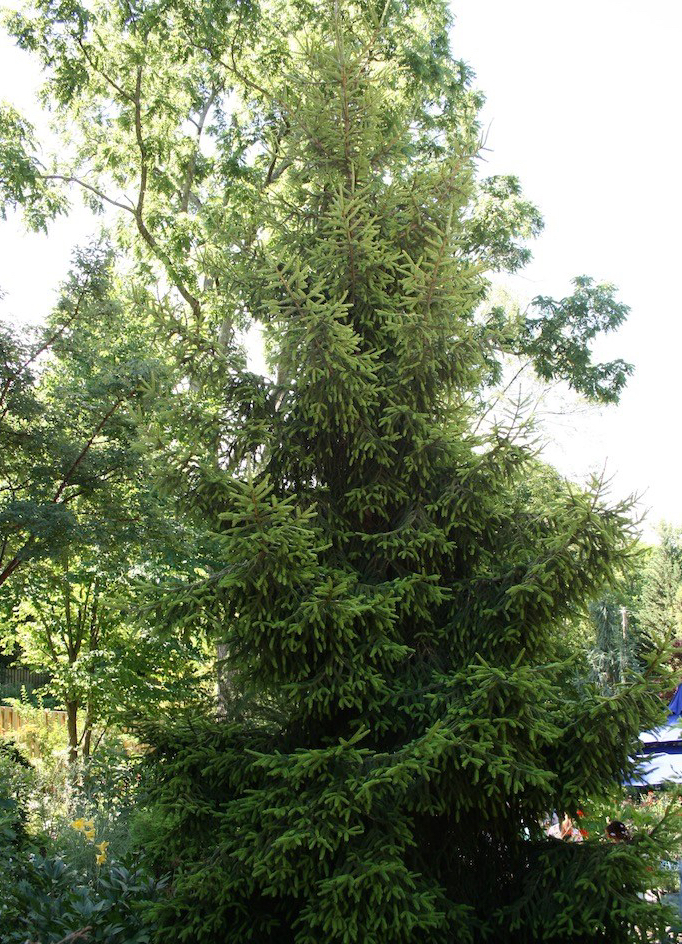


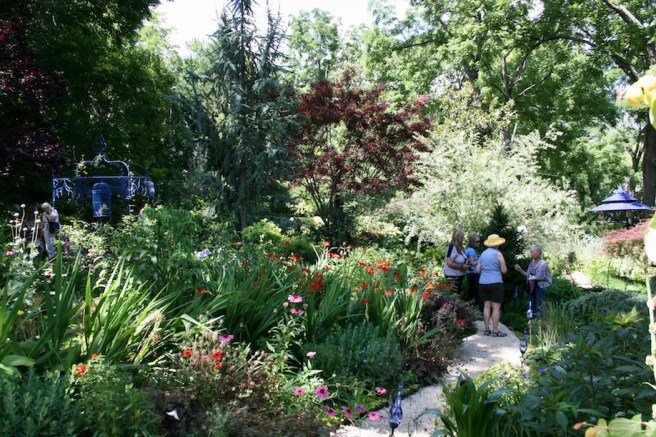







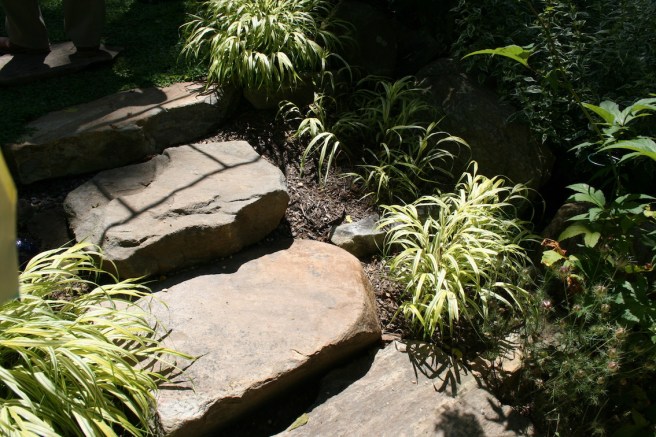




 A narrow strip of land between the Smithsonian Arts and Industries Building and the Hirshhorn Museum and Sculpture Garden, once designated in the master plan of the day as a future parking lot, is the site of the Mary Livingston Ripley Garden. Mrs. Livingston, who was the wife of the eighth Secretary of the Smithsonian Institution and the founder of the Women’s Committee of the Smithsonian Associates, was an accomplished plantswoman and envisioned the open space as a “fragrant garden”. In 1978 she persuaded the Women’s Committee to sign on in support of her garden concept and the space became reality in 1988. In the early years of the garden Euonymus was transplanted from her home in Litchfield, Connecticut to form the east wall espaliers. The garden is supported today with funds from another benefactor, Mrs. John C. Folger, who established an endowment in 1994 for the care of the garden with the hope that others would be inspired by her generosity and add to the funds, enabling the garden to be enjoyed by the public well into the future.
A narrow strip of land between the Smithsonian Arts and Industries Building and the Hirshhorn Museum and Sculpture Garden, once designated in the master plan of the day as a future parking lot, is the site of the Mary Livingston Ripley Garden. Mrs. Livingston, who was the wife of the eighth Secretary of the Smithsonian Institution and the founder of the Women’s Committee of the Smithsonian Associates, was an accomplished plantswoman and envisioned the open space as a “fragrant garden”. In 1978 she persuaded the Women’s Committee to sign on in support of her garden concept and the space became reality in 1988. In the early years of the garden Euonymus was transplanted from her home in Litchfield, Connecticut to form the east wall espaliers. The garden is supported today with funds from another benefactor, Mrs. John C. Folger, who established an endowment in 1994 for the care of the garden with the hope that others would be inspired by her generosity and add to the funds, enabling the garden to be enjoyed by the public well into the future.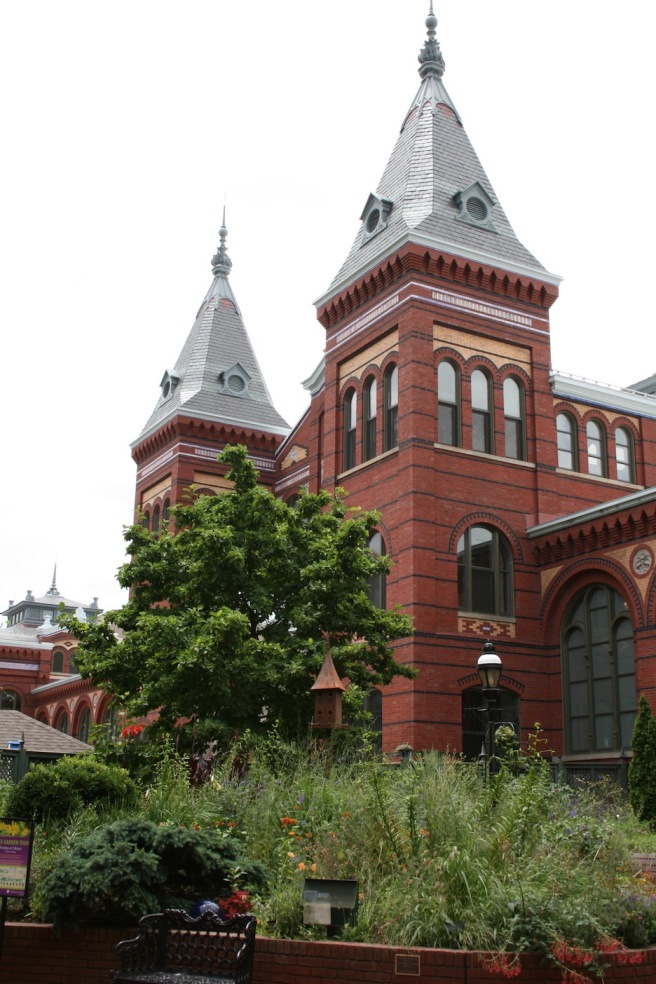
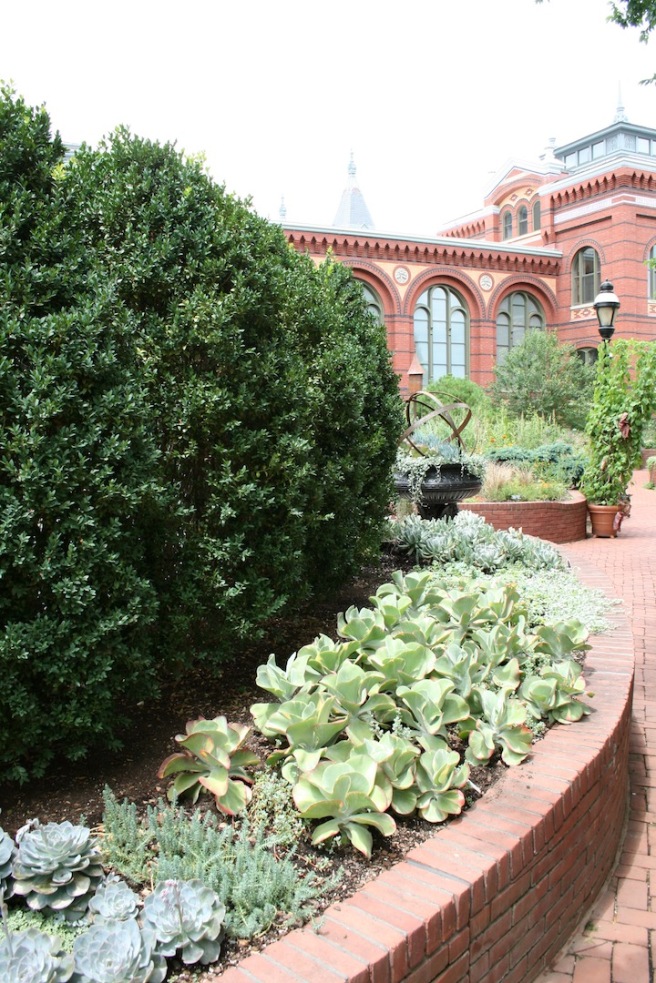










 This interesting vine was new to me. Cissus discolor or rex begonia vine is being supported almost invisibly by a panel of fine chicken wire. A little research revealed that this species is a tropical and would generally be used as a houseplant in a cold winter area like Virginia. A great example of Janet’s goal to expose visitors to new and interesting plant material, in this case in non-traditional setting.
This interesting vine was new to me. Cissus discolor or rex begonia vine is being supported almost invisibly by a panel of fine chicken wire. A little research revealed that this species is a tropical and would generally be used as a houseplant in a cold winter area like Virginia. A great example of Janet’s goal to expose visitors to new and interesting plant material, in this case in non-traditional setting.





